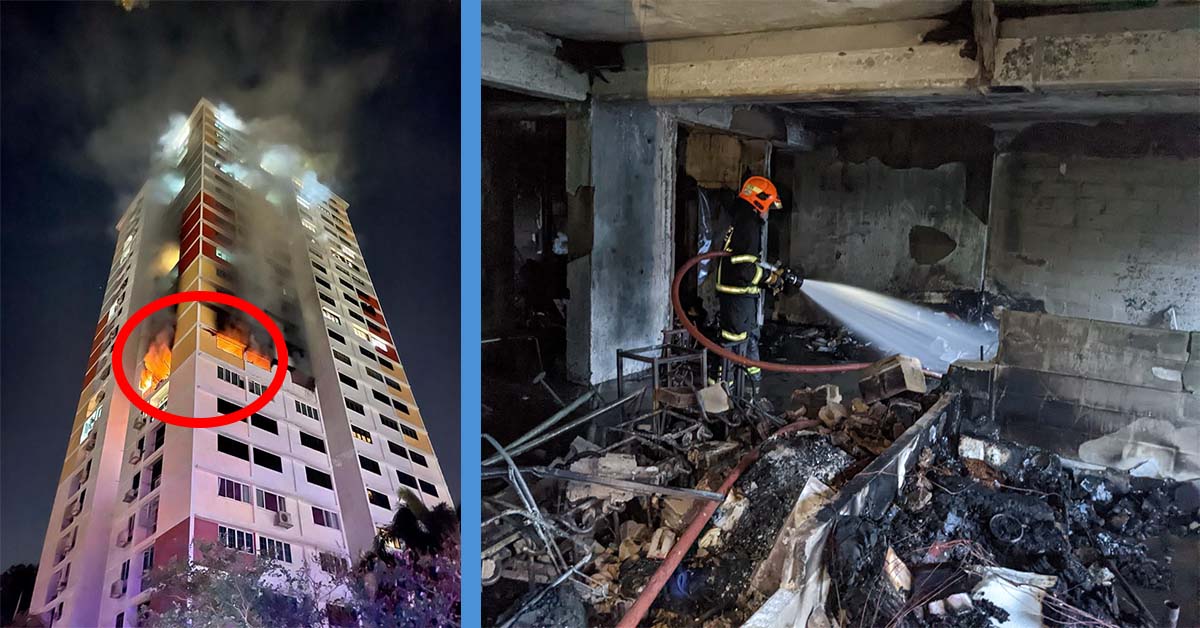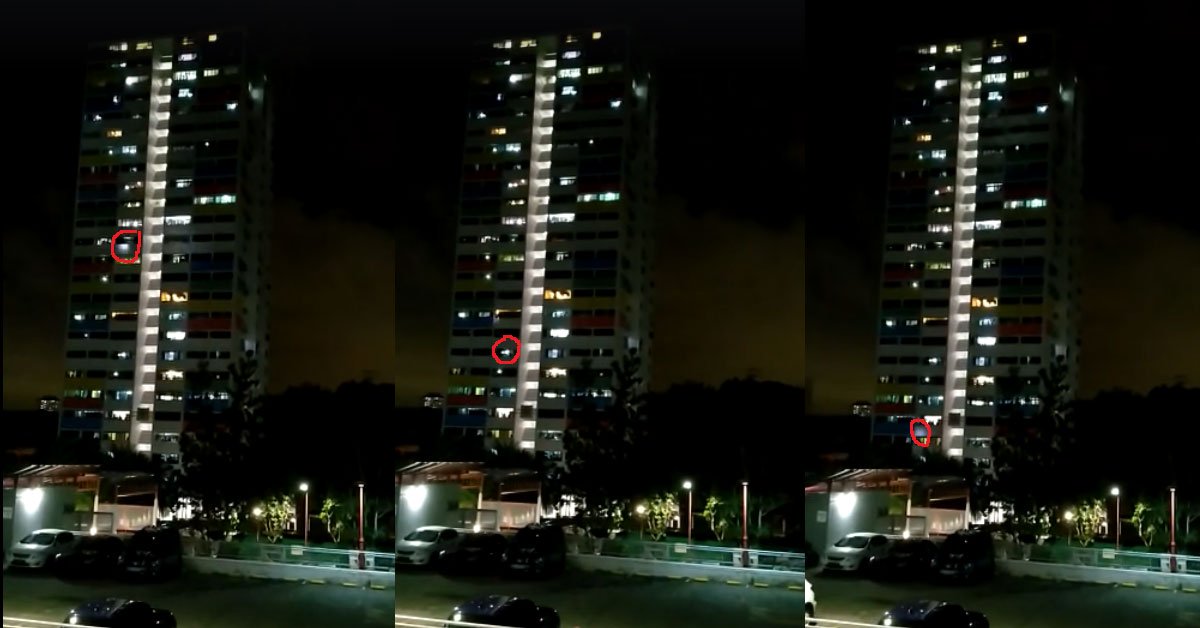If you love Bukit Timah Market & Food Centre, it’s best to frequent it more often.
Reportedly, the iconic hawker centre will be demolished in the second half of 2024.
So patronise the hawker centre while you still can.
Set to be Demolished to Make Way for an Integrated Development
Bukit Timah Market & Food Centre will reportedly be demolished to make way for an integrated development.

Set to be ready in the second half of 2029, the building will be called “Bukit Timah Community Building”.
It will feature an indoor sports hall and library.
Furthermore, it will have a new market and hawker centre.
Where can you continue to buy from your favourite hawker stalls?
According to Shin Min Daily News, the hawkers will move to a temporary facility across the road from the current hawker centre.
They were apparently supposed to move to the temporary facility previously, but the COVID-19 pandemic delayed the construction of the new development.

This meant the hawkers’ move had to be put on hold, too.
More About the Integrated Building
On 23 October, the People’s Association (PA) called a tender for a “geotechnical consultant” to work on the development.
If you didn’t know, a tender is an invitation to bid for a project and is how organisations and governments acquire goods, services or construction projects.
Allegedly, Shin Min Daily News saw documents related to the project, reporting that the new building will be five-storeys and a whopping 29,000 square metres.
According to the Urban Redevelopment Authority’s (URA) Master Plan in 2019, people can expect to look forward to a redeveloped market and hawker centre, an indoor sports hall, a community library and an elderly facility.

Reportedly, connectors will link Bukit Timah Community Building to Pei Hwa Presbyterian Primary School and the other side of Upper Bukit Timah Road.
Get excited, but not too excited, as the new facility will only be completed at the earliest in the second half of 2029.
History of the Iconic Bukit Timah Market & Food Centre
Bukit Timah Market & Food Centre has a long history.
By that, I mean that the hawker centre is older than some of your grandparents.
Its history dates back to the 1930s.
Back then, it wasn’t the clean and breezy hawker centre you see today.
It was just a rural market where people went to buy fresh produce and meats.
However, in the 1960s and 70s, the hawker centre changed significantly.
In the 1960s, the government began to see a need for regulation in the hawker scene.
Back then, hawkers could not access water readily, making it a challenge to keep their utensils clean and prevent contamination by pests.
Without a proper disposal area, hawkers left piles of waste on the street, threatening public health and hygiene.
Thus, from 1971 to 1986, the government began to relocate hawkers to markets and centres with proper amenities.
The Housing Development Board (HDB) was the agency that ensured every hawker centre was built in well-populated areas.
In light of this, the Bukit Timah Market & Food Centre underwent renovations to rehome street hawkers along the Bukit Timah Canal.
The current Bukit Timah Market & Food Centre was thus built in 1975.
That’s how the hawker centre became the one we know and love today.
Not only is it home to 80 hawker stalls but it is also known for its variety of great local food.
Singapore is land-scarce.
With the country’s increasing population and demand for better amenities, some hawker centres have gone extinct to pave the way for new amenities.
For instance, Simon Road Market, built in 1948, served customers for 50 years before closing in 1999.
Wider roads and high-rise condominiums have replaced it.
All that remains of the hawker centre are two bronze sculptures depicting a chicken seller and a customer.

Labrador Villa Food Centre only had ten stalls, but people loved it anyway.
It mainly sold Muslim food and catered to workers from nearby factories and offices.
Unfortunately, it was demolished in 2008 for the development of Labrador Park MRT Station.
Although Bukit Timah Market & Food Centre isn’t the first victim of progress, it will be missed dearly.


